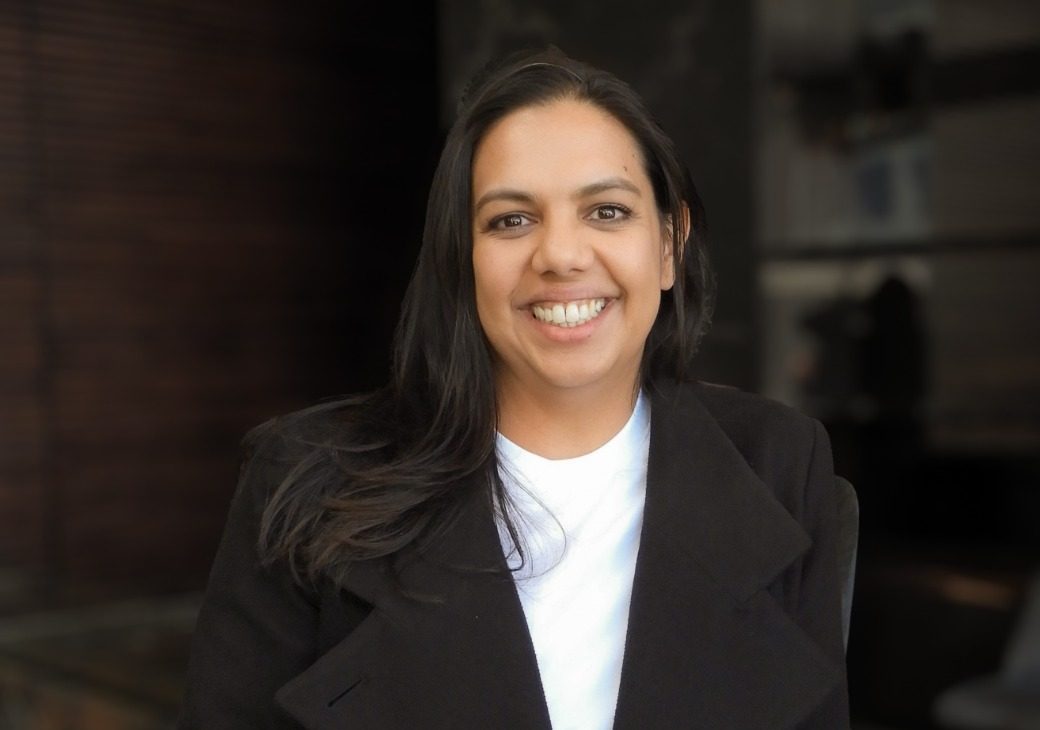For Sasha Maharajh, Project Architect at BPAS, architecture wasn’t a childhood dream but a discovery. After starting with a BA in psychology, she realised the field wasn’t for her and shifted into a draughting programme. That decision changed everything.
“I started working in a small practice where I began to love the profession,” she recalls. This early experience shaped her understanding of how people engage with and respond to the spaces around them — a perspective that continues to guide her work today.
Designing With Purpose and Emotion
For Maharajh, architecture is more than bricks and mortar; it’s about shaping experiences. “Architecture always provokes an emotion,” she says. “It surrounds us at every step. I hope to create spaces that do that intentionally — spaces that are functional, beautiful, and full of feeling.”
One of her most meaningful projects was designing a rural school for learners with special needs. The process required extensive research and sensitivity. The result? A calming environment of soft courtyards and diffused light — a space that balances safety with dignity. “I hope that today it’s actually fulfilling its intended design and that the users are enjoying the building,” she reflects.
Leadership Through Collaboration
Maharajh’s leadership style mirrors her design philosophy: inclusive and thoughtful. “I like to keep my team involved in every step of the process. It’s not just about sharing knowledge — it’s about supporting each other and learning together. None of us is as smart as all of us.”
Her collaborative approach ensures that creativity flows freely, while also building a culture of mentorship and growth.
Breaking Stereotypes in Architecture
Although architecture has long been seen as a male-dominated field, Maharajh doesn’t dwell on stereotypes. “I don’t believe any profession leans toward one gender or another. We are all capable if we choose to be. Yes, people may underestimate you — but sometimes that’s an advantage.”
She believes that women bring their own unique perspectives to architecture. “Every woman in architecture adds a flare of delicate detail,” she says, citing inspiration from South African architect Sumayya Vally, whose imaginative pavilions have received international acclaim.
Inspiring the Next Generation
Maharajh hopes her journey encourages more women to enter the field while embracing their individuality. “I hope I can inspire more women to enter the profession, but also to hold onto their femininity and unique flair in the process. The mindset is already changing — we’ll be seeing more women architects in the spotlight.”
Despite the pressures of the profession, she remains grounded. “Being an architect is stressful enough. I don’t feel tension about being a ‘female architect’ specifically. I have a lot of strong women around me, and that helps.”
Her advice to future architects is simple yet powerful: listen more. “In architecture, we’re always learning, always adapting, always growing.”



